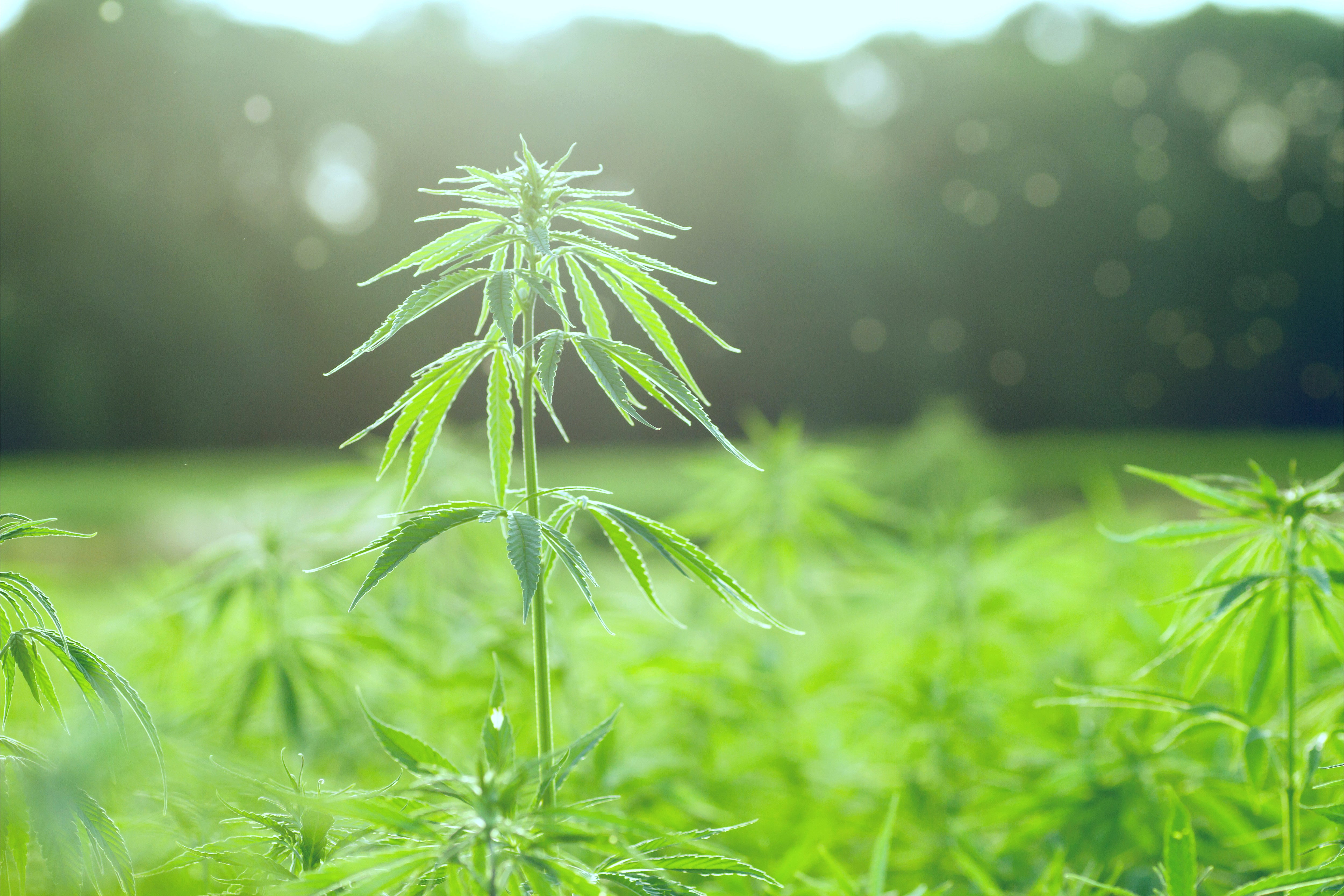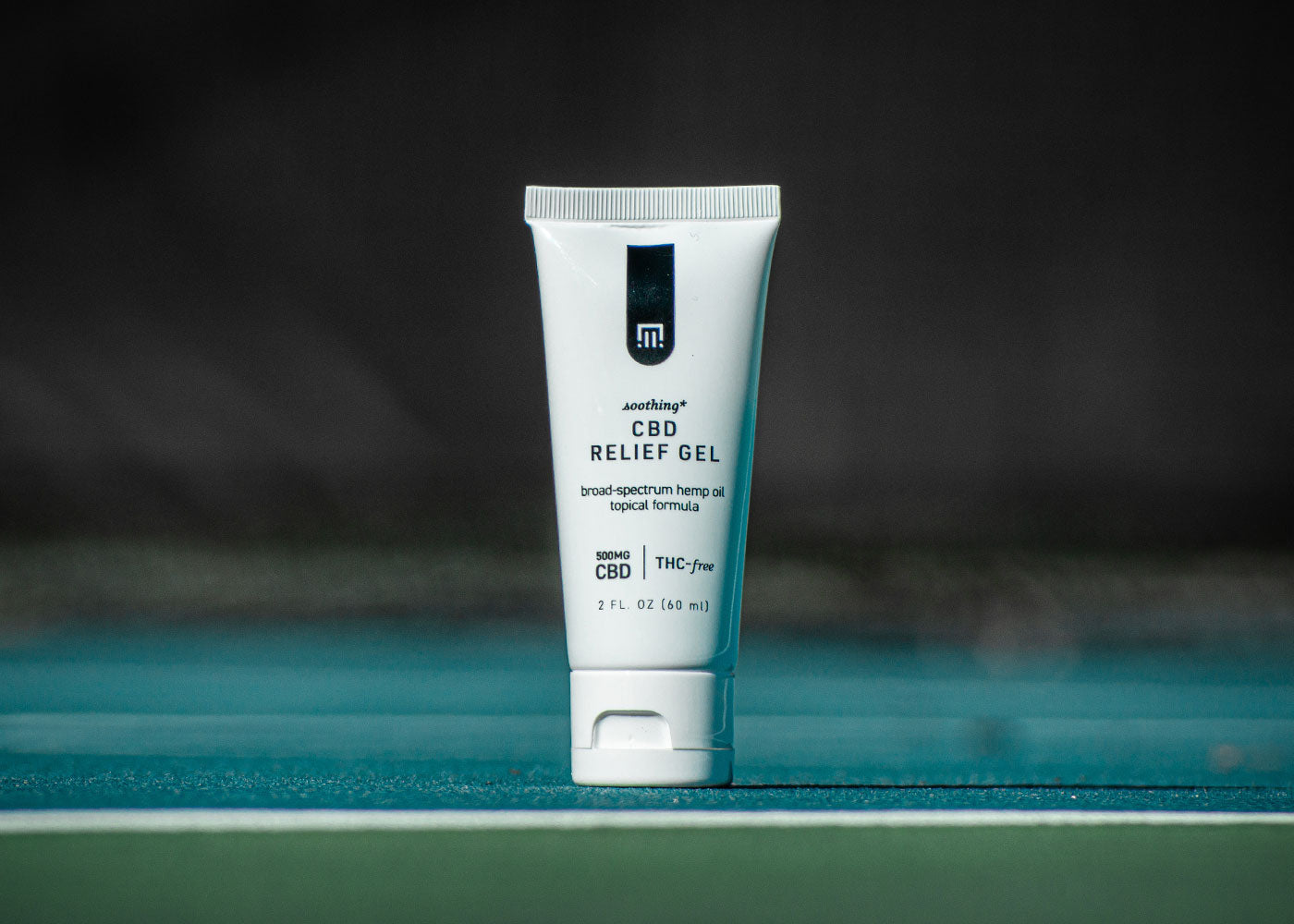The Most Common Myths and Misconceptions People Have About CBD
You’ve probably heard the CBD industry is like the “wild west”, a new and unexplored frontier brimming with trailblazers. Cannabidiol products are popping up everywhere you look – in food, pet products, and skincare.
Apart from this, the public has mixed emotions regarding these four industry buzzwords – CBD, hemp, THC, and marijuana. All of this new information can be overwhelming for consumers trying to figure out what CBD is, why they should take it, and what brands to trust. We’ll go through some of the top myths surrounding CBD to shed some light on the situation. One thing is clear, the initial studies on the benefits of CBD are very promising.
Before going too far, you should know the basics of what cannabinoids are and how the endocannabinoid system works in your body.
1. CBD is illegal
Hemp-derived CBD is legal, while CBD derived from marijuana is illegal. Laws may eventually change as more research is completed. Overall, the industry is a gray area that’s still being figured out within different levels of government. However, the FDA has approved the first hemp-derived CBD as a seizure medication.
2. CBD is a fad
Hemp, cannabis, and CBD are nothing new — humans have been farming hemp for about 10,000 to 12,000 years. After the 2018 Farm Bill legalized hemp-derived CBD products, there has been an explosion in new CBD products on the market.
As research continues on CBD, it's safe to say it looks like it's here to stay.
3. CBD gets you high
Since CBD isn’t the same as THC, you don’t need to be concerned about getting high. CBD doesn’t have psychoactive effects like THC does. Ingesting an excessively large dose of CBD at one time may cause drowsiness, but this is nothing serious and goes away on its own.
4. CBD works instantly
Most people don’t realize CBD products need to be consistently taken to work at their full potential. Cannabidiol should be taken twice per day, as it’s fat-soluble and builds up in your body over time.
Orally-ingested CBD products also take time to go through your body and be metabolized by your liver. It can take 60 to 90 minutes to feel the effects of edible CBD products.
5. All CBD is the same
Companies sometimes add binder ingredients or terpenes to their CBD formulas for additional benefits. This is why it’s important to do your own research before purchasing since some CBD products are higher in quality than others.
6. CBD products are only available as oil
The list never ends when it comes to the ways you can take CBD. Tinctures, capsules, edible food products, and topical creams are some of the many products on the market and as research continues the variety will only increase.
7. CBD isn’t safe
This concern usually comes from the assumption that CBD is THC. In actuality, CBD is safe and very well-tolerated by humans. Again, CBD is not the same as THC!
8. CBD shows up on drug tests
This is dependent on what the drug test is looking for, so, for now, we’ll say maybe. Most tests only look for THC, not CBD. However, it’s better to be safe than sorry, so use caution with drug tests.
We hope we cleared up any confusion caused by these myths and misconceptions surrounding CBD oil. If you’d like to learn more about our CBD quality or testing results, check out our website and shop our full line of millie products.
Be sure to subscribe to our Millie Minute to stay up-to-date on our latest educational blog articles, product deals, and special announcements!
The statements made regarding these products have not been evaluated by the Food and Drug Administration. These products are not intended to diagnose, treat, cure, or prevent any disease.
References
- Greenwich Biosciences, Inc. (n.d.). EPIDIOLEX® (cannabidiol). EPIDIOLEX
Iffland, K., & Grotenhermen, F. (2017). An Update on Safety and Side Effects of Cannabidiol: A Review of Clinical Data and Relevant Animal Studies. Cannabis and Cannabinoid Research, 2(1), 139–154. DOI:10.1089/can.2016.0034
Liu, F. H., Hu, Du, G. H., & Deng, G. (2017). Ethnobotanical research on origin, cultivation, distribution and utilization of hemp (Cannabis sativa L.) in China. Indian Journal of Traditional Knowledge.

